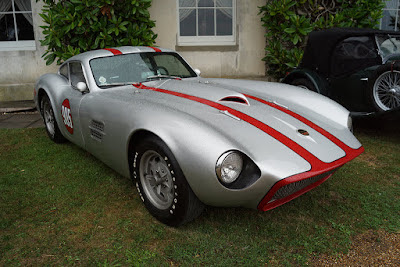
Heritage Unleashed - When it comes to automotive legends, few names evoke the same sense of awe and respect as Tom Walkinshaw Racing (TWR). Known for its incredible achievements on the racetrack and engineering prowess, TWR has returned to the spotlight with an announcement that has sent waves through the motoring world. Introducing the TWR Supercat: a modern...






